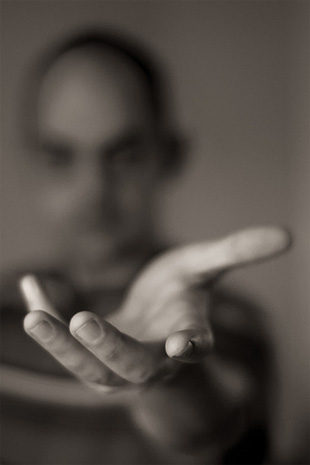

I am required to tell you that as an Amazon Associate I earn from qualifying purchases. It is a way that I receive some financial compensation. When you click on any of these types of links on -and decide to buy something on Amazon, ShareASale, Adorama, KEH, Ebay, E-junkie or other similar affiliate sites, may receive a commission on the sale.

I base my recommendations on my personal experiences with photography equipment since 1969- Yes, I'm that old, t he usefulness of the product, and other photographers' feedback.ĭISCLOSURE STATEMENT: Thank you for supporting the Better Digital Photo Tips website. There are simply too many (millions) for one person to try them all. I have used many of these products or very similar ones personally. You've got to use the equipment properly and apply your own skills.

Sometimes I recommend products that I believe will help you. My goal is to provide you with useful information that can improve your photography. Find other useful posts using the search box below. I hope you found this article on the definition of f stop helpful. The important things to know about what is f stop are its effects on depth of field, exposure, and image quality. The technical definition of f stop can simple be remembered as the size of the lens opening compared to the size of the lens. Use a wide open aperture, small f-stop number. When you're shooting in dark situations, you need to make adjustments to let in as much light into your camera as possible so that your photo is not too dark. You should use a large f-stop number (small lens opening) like f16 to get your subject all in focus.īEST F/STOP FOR LOW LIGHT PHOTOGRAPHY. Most beginners and photo enthusiasts try to get as much in focus as possible when they shoot macro. WHAT'S THE BEST F-STOP FOR MACRO PHOTOGRAPHY? The range of things is focus is severely limited when you're shooting up-close with macro photography. With family portraits, you may have to stop down a bit to f/8 to make sure you get enough depth of field to have your subjects, closest to farthest, all in focus. Use a small f-stop number (large aperture) like f/4 or f/5.6 to make the background go blurry on purpose. For portraits of individuals ist an easy answer. WHAT F/STOP SHOULD BE USED FOR PORTRAITS? This is a little more tricky. Here are 3 articles on specific aspects you'll enjoy reading to deepen your understanding of f/stop, depth of field and its importance to your photography. It's not always desirable to have a large depth of field. Using large f numbers results in shallow depth of field. Using smaller f numbers will result in more depth of field (a larger range of objects in your photograph in good focus).
Define f stop pro#
A good understanding of depth of field related to what your f-stop is separates the advanced and pro photographers from the amateur ones. The f/stop YOU choose affects what parts of your photo are in focus.

This is the the one you really want to understand. They do exist though and on an image-quality basis only, the best results are often obtained by closing down two or three f numbers from wide-open lens settings. At the highest f-stop numbers ( the smallest lens openings), diffraction is usually more apparent.įor the casual photographer, these lens shortcomings are barely noticeable. Image quality is fairly constant through the range of what f-stops you use with modern lenses, but there are issues, usually at both extremes of the f stop range.Īt the biggest f-stop numbers (the wide-open apertures) image sharpness is sometimes compromised a bit. Here is more on the topic of of proper photo exposure and the exposure triangle. If you are on manual, it is your job to make the settings appropriate for the correct exposure.
Define f stop iso#
So changing your f-stop from f-4 to f-8 reduces the size of the lens opening to only allow 1/4 the amount of light in.ĭepending on the automatic mode your camera is set on, it will change the shutter speed or ISO setting to compensate so your exposure will still be correct. photo exposureĮach doubling of the f-stop number equates to only 1/4 of the amount of light reaching your sensor. Exposure, depth of field, and sometimes image quality are effected by what f stop you choose to use. How the f-stop affects your photograph is is really what matters, not the actual number itself.


 0 kommentar(er)
0 kommentar(er)
